Around a decade ago, I was asked, for the first and last time, to attend an analyst meeting with the then-CEO of Ford. I told him that if he didn’t understand what Tesla was doing better, he’d lose his job, and the other analysts yelled me down, arguing that Ford was doing fine with electric cars. That CEO was gone in around two years, and now Hyundai has passed both Ford and GM, moving into 2nd place with electric car sales.
So, what do Tesla and Hyundai get that the other car manufacturers don’t? (Other than the need for great service).
Making The Cars Fun
While Tesla first stood out as just doing fun things with their cars, like allowing you to change the image of the car in GPS navigation and even allowing you to set the car sounds to make a “fart” noise when someone sat in the seat, Hyundai with the Ioniq 5 N has gone one huge step further.
Recognizing that people coming from performance ICE (Internal Combustion Engine) cars like to be able to shift and hear engine sounds, Hyundai, in their Ioniq 5 has created a shift and sound emulator that is surprisingly good.
Now the funny thing is, and you’ll see this in the video, is when the Ioniq 5 N is using the simulated shifting it is slower than when it is driven more like a pure electric, but how often do you race someone vs. how often do you want to drive a car for fun? For instance, watch this drag race between the Ioniq 5 N and the Tesla 3 Performance. In pure electric mode, the Ioniq 5 N gaps the Tesla 3 performance, but the driver has more fun when the settings are changed to allow shifting. However, the car is noticeably slower even though it feels faster to the driver.
Both cars have a drift mode, but the Ioniq 5 N actually helps you drift well. The Tesla reminded me of when I took the advanced driving class at Laguna Seca that was put on my Mercedes, where none of us, other than the instructors, could figure out how to drive the car properly.
This is what the traditional car makers don’t get: electric cars can be more fun than they are and have potential capabilities (like potentially unlimited choices in car engine sounds and far better grip controls) than ICE cars do. Check out this race between a Mercedes-AMG GT and the Ioniq 5N, huge price difference, not so much in performance. This last video showcased the boost button in the Ioniq, a feature that I’d love to have, and with it, the little Ioniq dusts the GT.
Wrapping Up:
There were a lot of mistakes in bringing out electric cars. First, they didn’t target drivers well, electric cars are better for short commutes and to drive around in your home city, due to a lack of fast chargers, they aren’t great for road trips. ICE cars are the opposite, they are least efficient in traffic and for short hops, but superior in long road trips. Strangely, most of us drive in the former category, but many people take electrics on long trips and publicly whine about the result.
In performance, electric cars kill on drag strips. I’ve seen some drivers get banned from them because their performance is in line with professional drag race cars requiring roll cadges, which Teslas don’t ship with. However, the lack of on-track fast charging and the heat of road racing make them poor road racers (though this is changing).
But the first electric car race programs were all road races, Formula-E and the Jaguar I-Pace series, which just didn’t put electric cars in their best light (particularly given that if a Formula-E driver ran out of juice, they had to get out of their cars and push them to the closest charger, which emphasized the one big problem with electrics, battery anxiety).
Tesla seemed to get this initially as YouTube is full of videos with Telsa’s kicking ICE car butt, though lately, with the Tesla Cybertruck, they seem to have lost their mojo.
In the end, Hyundai, with the Ioniq, has created a car that is more fun than the Tesla Model 3, and both cars are more fun than most other electric vehicles in their price range. Tesla and now Hyundai have showcased that fun wins, so why don’t the traditional car makers get it yet? They can’t get out of their ICE mindset, and that may cost them their existence once electric cars reach critical mass (over 50% of the market).
About The Author
Rob Enderle is a technology analyst covering automotive technology and battery developments at Torque News. You can learn more about Rob on Wikipedia, and follow his articles on Forbes, on X, and Linkedin.



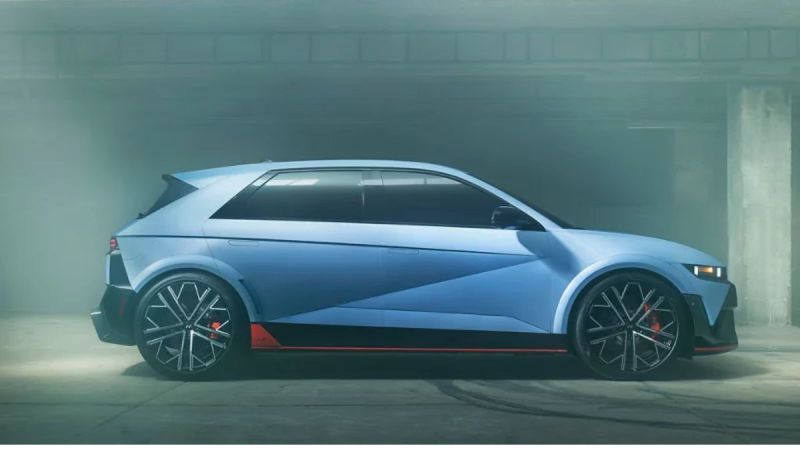




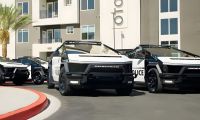

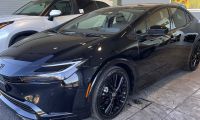
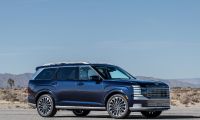
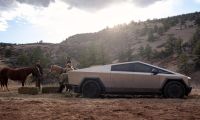
Comments
I have the original model of…
Permalink
I have the original model of Hyundai Ioniq Hybrid 2018. I get 60 to 64 mpg, can fill the 11.5 gal gasoline tank in a few minutes at any one of the millions of gasoline stations, even in remote places, can accelerate easily, and got a 100,000 mile warranty from Hyundai. As long as parts are available, I intend to keep this car and not downgrade to any fully electric BEV. I think Toyota is giving up on fully electric cars for now due to declining consumer interest.
Toyota made a big bet on…
Permalink
In reply to I have the original model of… by Stanley Sokolow (not verified)
Toyota made a big bet on Hydrogen but EVs are (outside of Tesla which has had a difficult year) still growing at 33% you are correct some of the manufacturers are reinvesting in ICE cars as a hedge but China is already nearly a decade ahead of everyone else on EV sales (now over half the cars sold in China are EVs). After driving electric cars for 5 years I tried to go back to an ICE car and hated it, now back with an Audi E-Tron EV and loving the car. There is something awesome about not having to ever go to a gas station.